Restorations - New railhead is Sheffield trucking boss's crowning achievement
and live on Freeview channel 276
It saw total victory for the Sheffield haulier, which grew with the popularity of road transport, while the giant rail depot withered with the decline of the steel industry and died.
But the story has a twist.
For the trucking firm has just spent £3m reviving the railhead. And co-founder Frank Newell say it’s his crowning achievement.
Advertisement
Hide AdAdvertisement
Hide Ad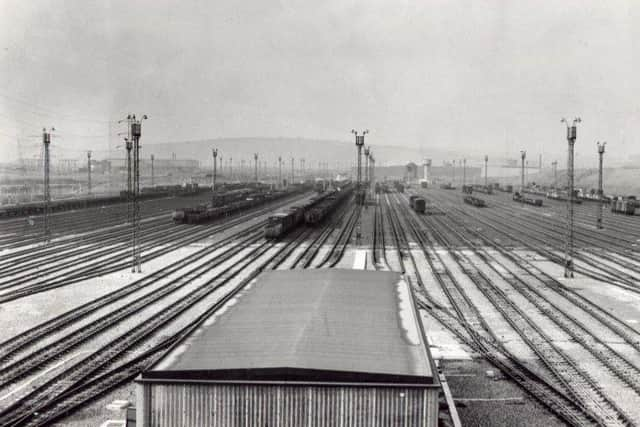

Over just seven weeks earlier this year, the company laid out three acres of concrete and 700 yards of track and reconnected the yard to the rail network.
Today it is home to more than 800 shipping containers and receives two 34-wagon freight trains a day from the port of Felixstowe.
The service saves up to 400,000 road miles a week, cutting lorry pollution and congestion, and is already close to its 1,000 container capacity.
Frank, aged 69, said its popularity was a relief.
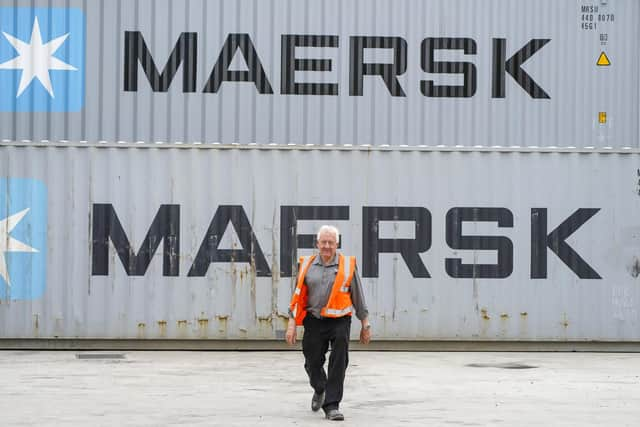

“It was a very big commitment for us as a family business. I’ve been in business for 50 years and have always taken educated gambles. You get to the stage where you have to play forward and do it.
Advertisement
Hide AdAdvertisement
Hide Ad“It’s the best thing I have done. I’m so proud of what we have achieved.”
A mechanic by trade, his youngest son, Anthony, aged 17, is employed in the workshop ‘on the spanners’ learning lorry maintenance.
Sons Stephen, 43, and John, 49, also worked their way up.
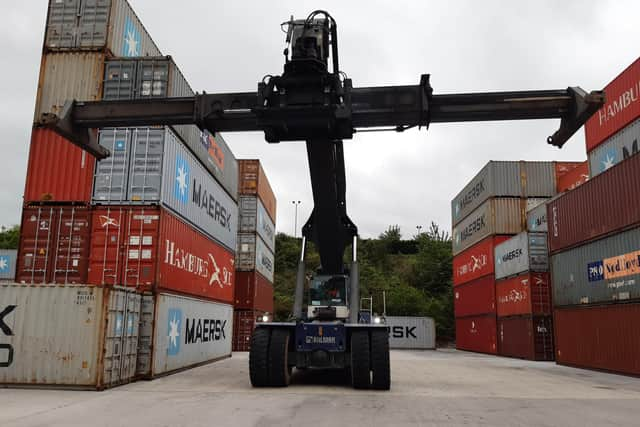

Frank added: “Going through the ranks gives them a good insight.”
He started with one lorry in 1971 and, with Paul Wright, built the firm into a £50m-a-year business that employs 300.
Advertisement
Hide AdAdvertisement
Hide AdIt is one of just a handful of road hauliers that have moved into rail and Tinsley is the only operation of its type in South Yorkshire, it is claimed.
Stephen said growing concerns about climate change led the firm to move fast.
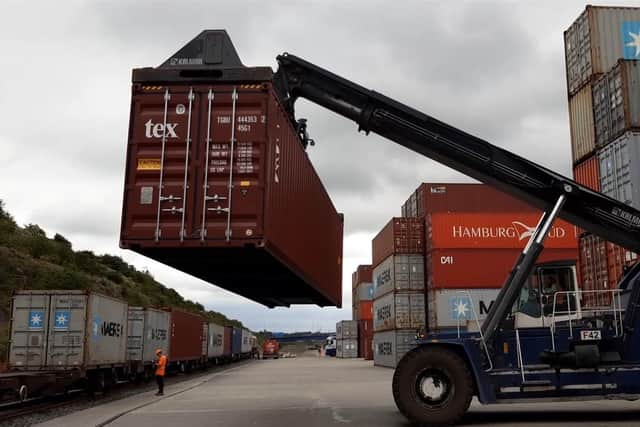

“You have to be careful you don’t get left behind,” he added.
Containers are mostly from China and India and hold everything from patio slabs to clothing to car parts. But they do not have high value items like iPhones or ‘high consequence products’ like fireworks.
Advertisement
Hide AdAdvertisement
Hide AdAbout 55 can fit on a train and they are unloaded by four £500,000 ‘box stackers’, including one which runs on hydrogenated vegetable oil, a green fuel.
Containers are taken to their final destination by lorry, some 80 a day in a 24-hour operation.
Stephen said they had used local suppliers, with concrete from Cemex in Attercliffe, reinforcing from BRC in Barnsley and ballast from Aggregate Industries’ quarry in Buxton.
The site is owned by Network Rail and leased to Newell & Wright for 35 years, with a reduction on rent because it is a brownfield site, he added.
Advertisement
Hide AdAdvertisement
Hide Ad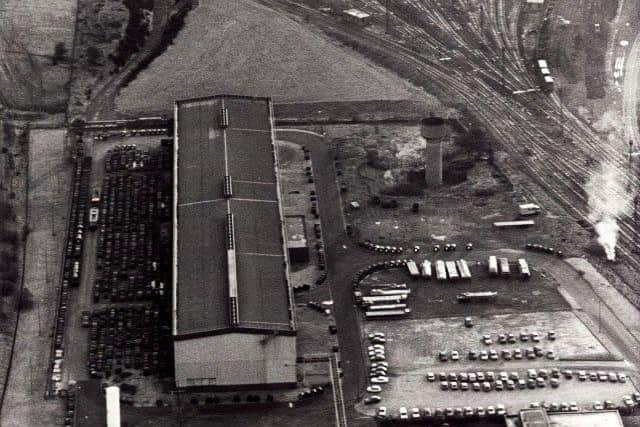

Its success meant they planned to add two more services, with freight trainers from Southampton and London Gateway on the Suffolk coast.
A second phase of expansion could see a similar-sized platform and storage area built to the south, closer to the bridge over the Parkway, near Junction 33 of the M1.
A third phase could use land to the north, close to two large warehouses that were built on what was the widest part of the marshalling yard.
In 1961, a tenth of the rail-borne freight in Britain originated in the Sheffield district. Tinsley Marshalling Yard was opened by the infamous Dr Richard Beeching in 1965 to serve the steel industry. At its height it handled 200 locomotives and 3,000 wagons a day.
Advertisement
Hide AdAdvertisement
Hide AdBut within a few short years it was hit by competition from road and closed in stages from 1985.
Duncan Clark, of Newell and Wright, said part of the site was cut out of rock and part was electrified, receiving electric trains from Manchester that came through the now closed Woodhead tunnel.
The yard was disused and disconnected from the rail network when Newell and Wright took it on. A new link was laid to the north connecting to a local line near Shepcote junction and then on to Rotherham station, Doncaster and the East Coast Mainline.
The company hopes to connect the site from the south providing a simpler and more direct route into the network, he added.
Advertisement
Hide AdAdvertisement
Hide AdSheffield South East MP Clive Betts said the company’s achievement was ‘fantastic’ and he would speak to the mayor of South Yorkshire and Department of Transport about providing financial backing.
He added: “I think what they have done is incredible and what they want to do is fantastic. It’s really rising to the climate challenge.
“I will be speaking to the mayor about how we can engage, this is a really important part of local infrastructure and should benefit a lot of firms.
“It’s also of national significance and I’ll be speaking to the Department of Transport about providing some sort of financial backing and support.
Advertisement
Hide AdAdvertisement
Hide Ad“There have been various plans over the years to reopen the yard but these guys have done it.”
Kevin Newman, senior route freight manager for Network Rail, hailed the site as part of the ‘vital role that freight has played in the country’s response to the Covid pandemic and how important it is to the recovery of the economy’.
“Reopening routes, expanding services and gaining new freight customers, as well as running longer, heavier trains, is helping to get more HGVs off the road.”
Newell & Wright Transport was formed in 1974 by Frank Newell and Paul Wright. At that time it was a ‘very small general haulage company’ operating from rented premises.
Advertisement
Hide AdAdvertisement
Hide AdOver the years it grew and moved to larger sites three times before setting up, in 1987, on its current 6.5 acre freehold site at Tinsley.